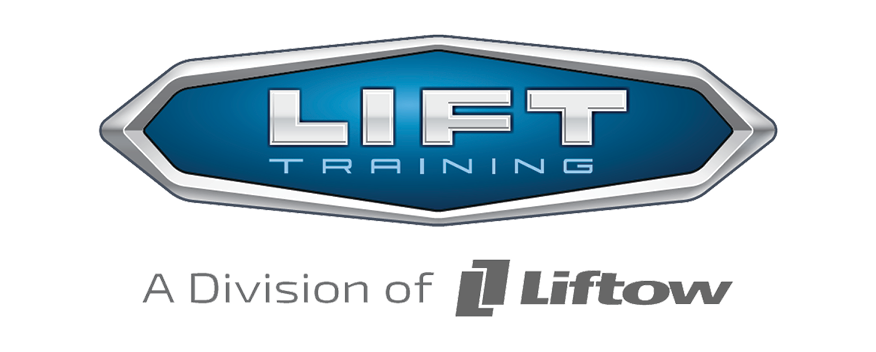
Forklift safety is a big deal in a workplace setting. When forklifts are used incorrectly, it can lead to accidents that put both employees and equipment at risk. By understanding and addressing these concerns, organizations can foster a safer working environment for everyone involved. While forklifts are essential for transporting heavy items efficiently, they require careful handling and operation to avoid mishaps.
Various safety issues can arise when operating forklifts, many of which are due to human error or improper maintenance. Some of these concerns include instability, overloading, and using the forklift improperly. Recognizing these challenges and actively addressing them helps prevent accidents, ensuring a secure workplace and extending the lifespan of the equipment.
Identifying Common Forklift Safety Concerns
Many forklift safety concerns stem from day-to-day operations. For example, instability can occur when the load center isn’t balanced correctly, leading to tipping or reduced control. Overloading can cause the forklift to become off balance, and when workers ignore weight limits, it can strain the forklift’s structure. In other cases, improper use of forklifts, like riding up ramps at the wrong angle or speeding, can result in accidents.
Different factors contribute to these problems. Here’s a breakdown:
- Instability: Driving too fast or uneven weight distribution can cause a forklift to tip over.
- Overloading: Surpassing the weight capacity can put excessive pressure on the lift mechanism.
- Improper Use: Ignoring instructions or not following safety guidelines can lead to dangerous situations.
Understanding these issues is the first step in preventing them. By recognizing the signals of potential safety risks, operators can take corrective actions before something goes wrong. Let’s now look at how to prevent these common problems effectively.
Prevention Methods For Forklift Safety Issues
Preventing common forklift safety problems involves a proactive approach that combines training, routine checks, and a culture of safety awareness. Let’s explore some practical steps that can be taken to minimize risks.
1. Regular Training: Conduct ongoing training sessions for all forklift operators. Emphasize safe driving techniques and the importance of adhering to speed limits. Ensure operators are knowledgeable about the weight limits and balance requirements of various loads.
2. Routine Maintenance and Inspections: Schedule regular maintenance checks to keep forklifts in optimal condition. This includes examining brakes, steering controls, and hydraulic systems. Early identification of mechanical issues plays a crucial role in preventing equipment failure during operation.
3. Detailed Safety Checks:
- Perform daily inspections before use. Check for tire wear, oil leaks, and proper functioning of the brakes.
- Ensure visibility by keeping mirrors and lights clean and fully operational.
4. Implement Clear Guidelines: Establish clear rules and signage throughout the workplace to guide forklift operation. This includes marked pathways and restricted areas where forklifts should not be driven.
By taking these steps, companies can significantly enhance the safety of their forklift operations and reduce the likelihood of accidents caused by equipment malfunction or operator error.
Importance Of Safety Training Programs
Training programs play an important part in building a safe work environment. These programs help operators understand the working mechanics of forklifts and instill a mindset of safety. A well-structured program teaches operators how to handle various scenarios, from load positioning to emergency responses.
An effective training program should include hands-on practice, allowing operators to familiarize themselves with forklifts in real-world conditions. This practical experience is invaluable and helps reinforce the skills and knowledge needed to operate forklifts safely. Safety programs also foster a culture of accountability, where every team member understands the impact of their actions on overall workplace safety.
Continuous Safety Improvement
To maintain a high standard of safety, businesses should engage in continuous evaluation of their protocols. Regular assessment of safety practices ensures they stay up-to-date with industry standards and technological advancements. Here’s how to keep improving:
- Feedback and Audits: Encourage feedback from operators about safety protocols. Organize audits to identify areas for improvement and implement necessary changes.
- Update Safety Equipment: Invest in modern safety solutions, such as advanced braking systems or automatic warning signals, to further enhance on-site safety.
- Ongoing Training Updates: Refresh training programs regularly to cover the latest safety guidelines and operational best practices.
Constant vigilance and adaptation to changing conditions will help companies maintain a safe working environment for forklift operations.
Safeguarding Your Workplace
Prioritizing forklift safety isn’t just about compliance; it’s about protecting the well-being of everyone at work. Safe practices reduce the risk of injury and damage, contributing to a smoother workflow and a more positive atmosphere. Staying informed about potential hazards and implementing preventative measures are key steps towards creating a safer workplace.
By fostering an environment where safety is at the forefront, businesses not only safeguard their employees but also enhance productivity and morale. Committing to this goal ensures a safer, more efficient workplace where everyone can perform their duties with peace of mind.
Achieving a safe workplace involves more than mere compliance; it requires consistent effort and the right expertise. To further enhance your team’s ability to prevent forklift mishaps, consider comprehensive forklift safety training. LIFT Training offers tailored programs designed to improve workplace safety and efficiency.
